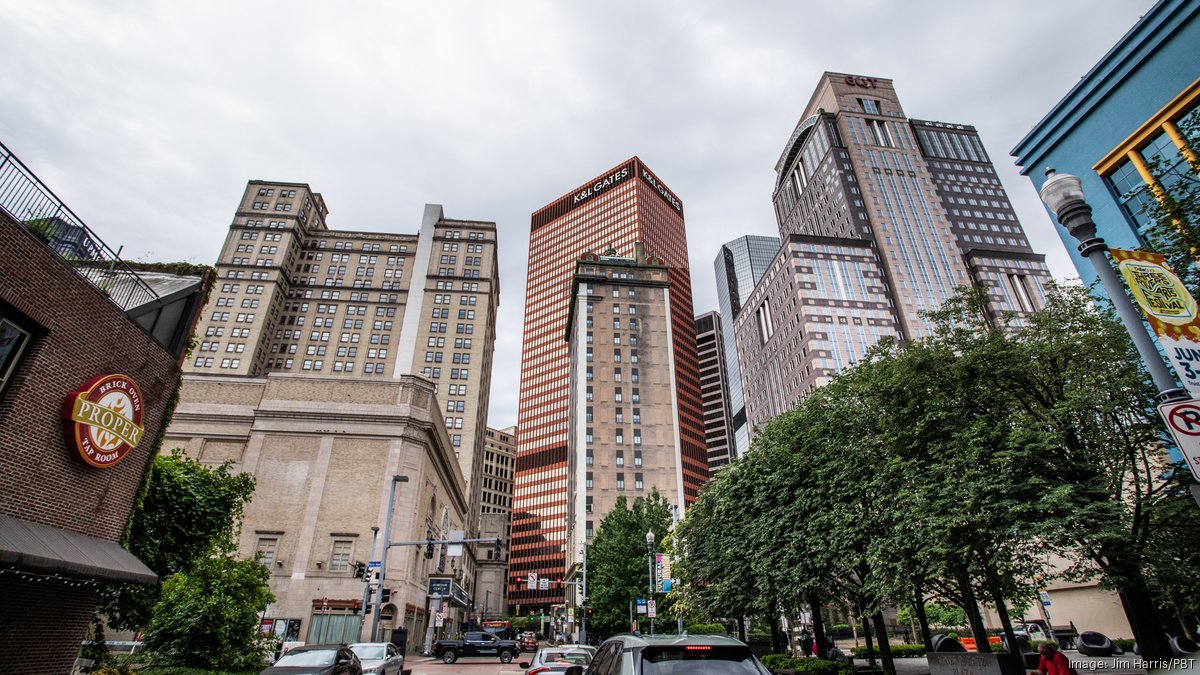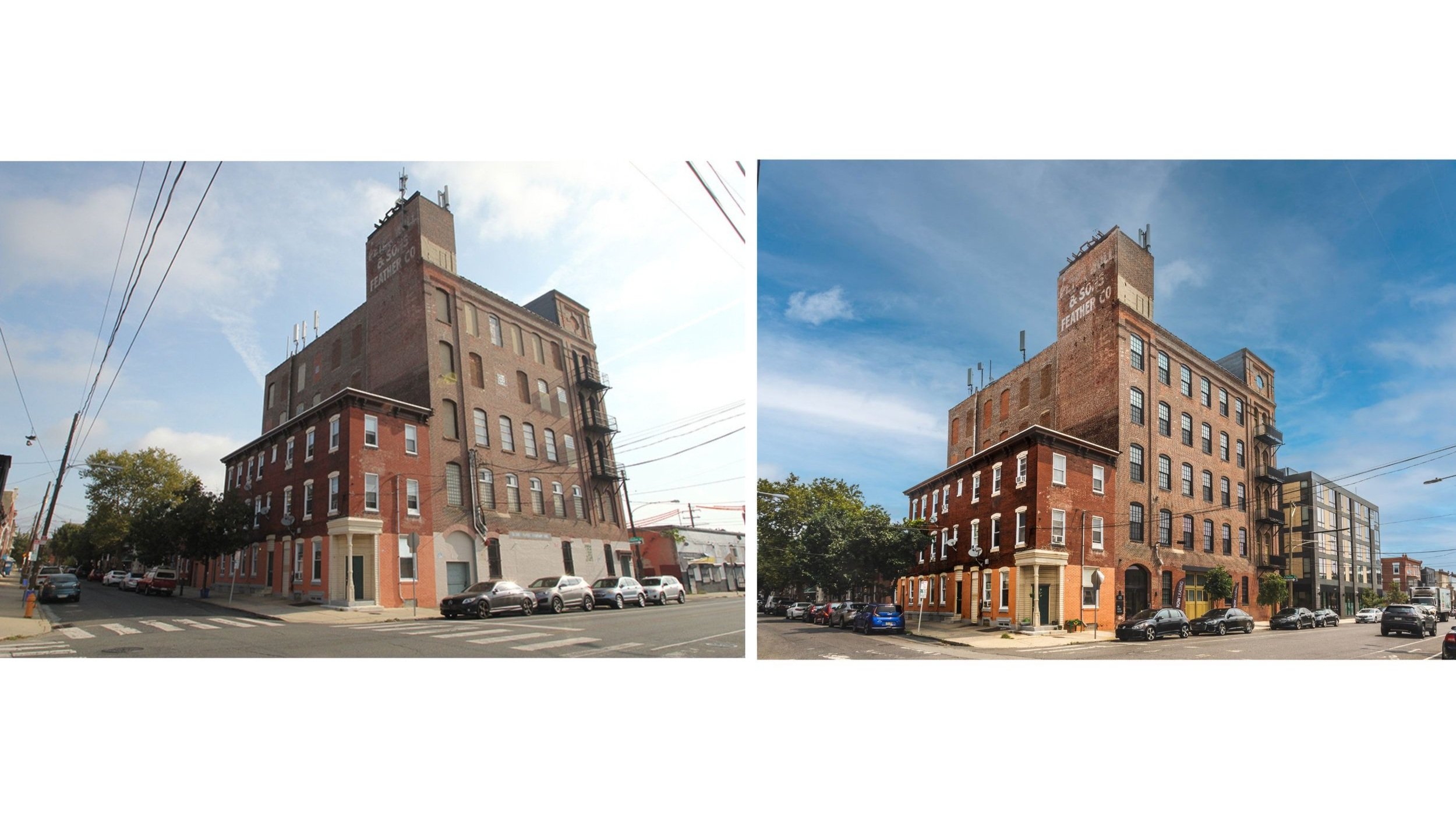The new $47.9 billion state budget for Pennsylvania includes an increase in the Historic Preservation Tax Credit to $20 million, offering hope for downtown Pittsburgh projects despite concerns about insufficient funding and unaddressed proposals to extend revitalization programs, with interest from developers and calls for further improvements in the credit allocation system.
New State Budget Boosts Historic Tax Credits for Downtown Pittsburgh Projects
According to the report of Pittsburgh Business Journals, in response to economic challenges like stalled projects and empty office buildings in downtown Pittsburgh, the new $47.9 billion state budget offers some hope and some letdowns. A big positive is the increase of Pennsylvania’s Historic Preservation Tax Credit from $5 million to $20 million a year. State Senator Wayne Fontana, who represents downtown Pittsburgh, said this increase is important to help fund various downtown projects.
Despite this good news, there are worries that the money might not be enough. Fontana was disappointed that the goal of $50 million wasn’t reached and that his proposal to extend the Local Economic Revitalization Tax Assistance program from 10 to 20 years didn’t make it into the budget. This extension was seen as key to attracting new projects, like a convention center hotel downtown. However, the budget does include money for two downtown projects: the historic conversion of 4 Smithfield and the renovation of the May Building on Penn Avenue.
READ ALSO: 6.1 Million UK Savers Face Unexpected Tax Bills: £1,000 Interest Threshold Crushed By Inflation And Stagnant Tax Rates

$47.9 Billion Budget Boost: Pennsylvania’s Historic Preservation Tax Credit Quadruples to $20 Million, Aiding Downtown Pittsburgh Revitalization Efforts (PHOTO: The Business Journals)
Historic Tax Credit Increase Sparks Interest and Calls for Program Improvements in Pennsylvania
Brett Walsh from Hullett Properties, which is finishing the historic conversion of the Triangle building on Smithfield Street, is very interested in the increased historic tax credit. Hanna Stark from the Preservation Alliance of Greater Philadelphia said many places in Pennsylvania are interested in these credits. She hopes the program will improve by raising the project cap from $500,000 to $2.5 million and using a more reliable system to give out the credits, as Ohio does, to better meet the high demand.
READ ALSO: Up To $600 In Tax Deductions For Educators & $1,000 Payments For New Parents: Local Initiatives Support Families Across The US

















































